Do you need a gravel-specific bike fit?
We asked bike fit professionals for their opinions, and how to set up your bike at home
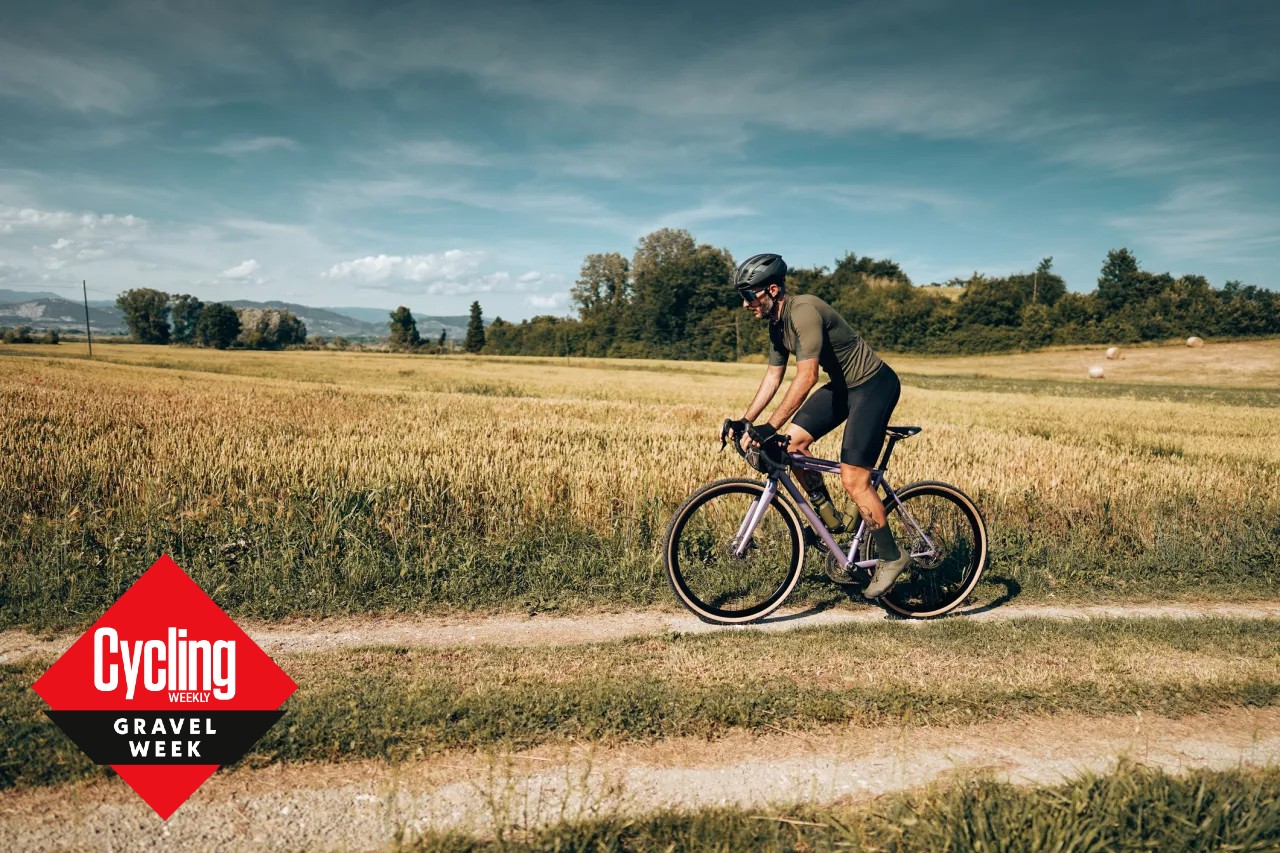

Gravel bikes often have a geometry that differs from road or cyclocross bikes; does this mean you should get a gravel-specific bike fit as well?
We turned to the bike fit professionals to find out, and to learn how to adjust your fit at home.
First of all, no matter what kind of riding you do, it’s always a good idea to get a bike fit. Putting your asymmetrical body atop a rigid, symmetrical machine for hours on end can cause discomfort or pain, and a professional can help you find what works best for your body.
While our experts were happy to give some tips on setting yourself up at home, it's important to note that there is no real one-size-fits-all approach to getting a proper gravel bike fit. Like most bike fits, they're unique to you, the type of riding you plan to do —be it bikepacking, gravel racing, mixed-terrain, long vs short, etc—, and the specific geometry of the bike you are riding.
A Note About Gravel Bike Geometry
Natalie Collins, bike fitter, physical therapist, and owner of Pedal Fit Bicycle Fit Studio and Physical Therapy in Denver likens current gravel bike design to the early days of mountain bike design.
“I feel like we’re in 1985 in terms of gravel bike geometry,” she said. “They’re similar to cyclocross bikes, which have a pretty aggressive geometry and gear ratios because you’re going to race those. But the ‘gravel bike’ category [encompasses] just about anything else.”
Get The Leadout Newsletter
The latest race content, interviews, features, reviews and expert buying guides, direct to your inbox!
People riding gravel bikes are using them for pavement, dirt, single-track, and bikepacking, but those sub-categories aren’t always clearly delineated like they are with mountain bikes types, for example. So bike choice matters a lot in this wide category, but can be confusing for riders who aren’t familiar with all the geometry and component lingo. Consulting a professional can be beneficial if you select a bike before truly knowing the type of gravel riding you want to do, or if you’ve been experiencing pain or discomfort on your gravel rides.
”Generally speaking, in comparison to road bikes, gravel bikes tend to have a longer, slacker geometry than road bikes and even cyclocross bikes, with a shorter reach and higher stack," said Chris Balser, bike fit pro with Bicycle Fit Guru in Minneapolis.
So while it might seem reasonable to transpose your road bike measurements onto your new gravel bike, there are a few more things that our experts take into consideration when they are fitting a client to a gravel bike.
Gravel Bike Fit Tips
Opt for an Agile Position (Not Necessarily an Upright One)
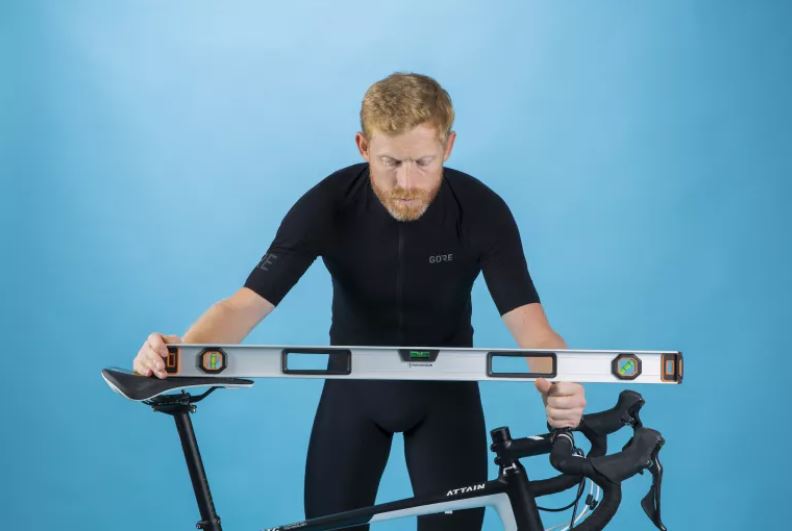
“When you’re riding off-road, there is going to be more dependence on contact points—your feet, saddle, and handlebar—for balance and control,” Collins explained. So for DIYers, she recommends shortening your reach by about a centimeter from your road bike measurement as a starting point for better handling.
Balser offered similar advice. “The easiest DIY conversion—and this is really general—would be to move the saddle back a centimeter while maintaining your saddle height and raise the handlebars up a centimeter while maintaining the same reach from the saddle tip to the stem.”
Sliding your seat backwards increases the distance your legs are reaching to the pedals, so you might need to slightly lower the seatpost to adjust for that lengthening. Maintaining the same reach measurement while moving the saddle backwards might also require a shorter stem, or maybe just flipping it from a negative angle to a positive one.
This is where it can be beneficial to consult a professional. “Just because you want to ride for a much longer period of time, doesn’t mean a more upright position is absolutely right for [your] body,” said Collins. When someone decides to change to a more upright position, it’s often a good idea to change saddles to adjust your pelvis angle.
If you try to raise your trunk angle without adjusting your pelvis angle on the saddle, your body might try to compensate on its own.
“The shoulders will come up, the neck will drop forward, the back will round, and there will be a lot more weight in the hands,” said Collins. This position is a recipe for an achy back, arms, and wrists, especially on rough terrain.
Choose the Right Saddle for You
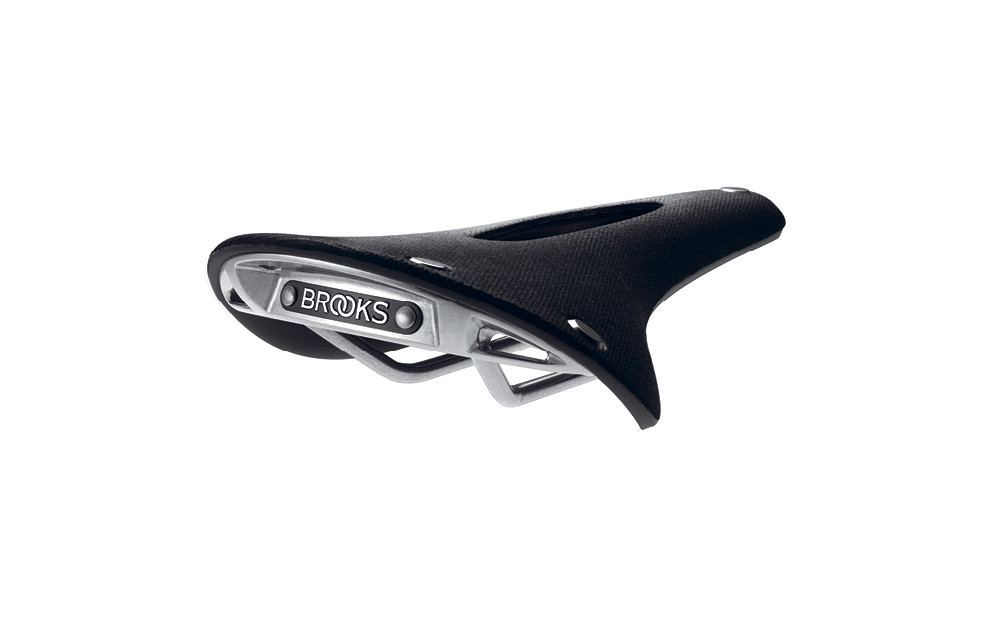
The Brooks C17 is a popular gravel saddle for good reason.
As with any bike fit, choosing the right saddle for your anatomy and flexibility has a great deal of influence on your comfort and efficiency.
According to Collins, the key is knowing how you should be sitting on a saddle, and finding a seat that allows you to do that.
“You should be able to set your pelvis in neutral and feel like the saddle cradles your sit bones without putting pressure through the midline perineum,” said Collins. “You should get 60 to 70 percent of that weight bearing through the bones, and only 30 or so on the perineum.”
But a number of Collins' clients come to her riding the wrong saddle for their body.
“I find so many people end up sitting too far back on their sit bones, and then use their hands a lot to push back, and round their back to take the pressure off their perineum,” said Collins.
In addition to being uncomfortable, this position contributes greatly to muscle fatigue.
“That [position] is so much more work for the hands, feet, and groin, especially on washboard roads and loose terrain—you are just going to be tanked by the time you’re done.”
Balser sees a lot of Brooks C17 saddles on his clients’ gravel bikes, and he thinks that a great option. “It’s more like a hammock—it absorbs impacts better than something that has a plastic or carbon shell.”
Check Your Crank Length
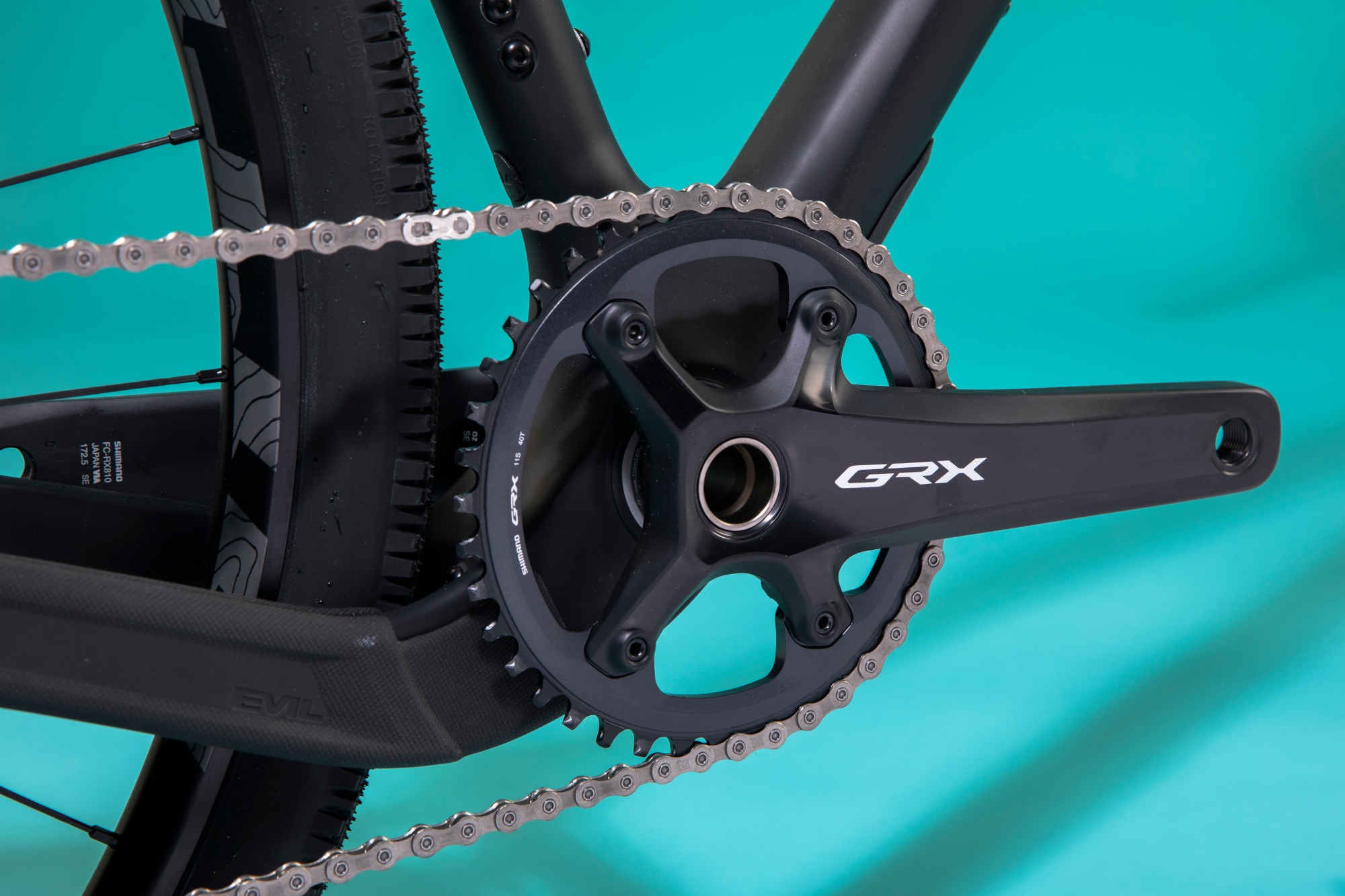
Difference in crank length affect pedaling efficiency
What I’m finding is that typically, a gravel bike will have cranks that are about 2.5 millimeters longer than a road bike of the same size,” said Balser.
For a lot of his clients, this difference in length affects their pedaling efficiency.
“A rider should not be getting pulled down into the saddle at the bottom of the pedal stroke or pushed up off the saddle at the top of the pedal stroke.” These symptoms are typically a result of cranks that are too long or a saddle that is too low.
One surefire way to tell if you’re getting pulled down by the pedal stroke is if you point your toes at the bottom.
“A lot of people do and they don’t know it,” said Balser. “At some point in the pedal stroke their knee stops extending and their toe reaches.”
Set up your phone to film yourself on the trainer for a quick self-check.
You could potentially fix this issue by simply lowering your saddle, but Balser suggests another test next to make sure it isn’t a crank-length issue: Set up your bike on a trainer and pedal backwards.
“If your foot stalls relatively hard at the top of the pedal stroke, that resistance exists when you’re pedaling forward too,” and means your cranks are probably too long.
That resistance comes from you exceeding your functional range of motion and moving your pelvis vertically off the saddle to compensate. Not only do you lose power, but that bouncing on the saddle can create saddle sores and back pain. If you lower your saddle and still feel a stalling at the top of your pedal stroke, your cranks might be too long.
Reconsider Your Handlebar Flare
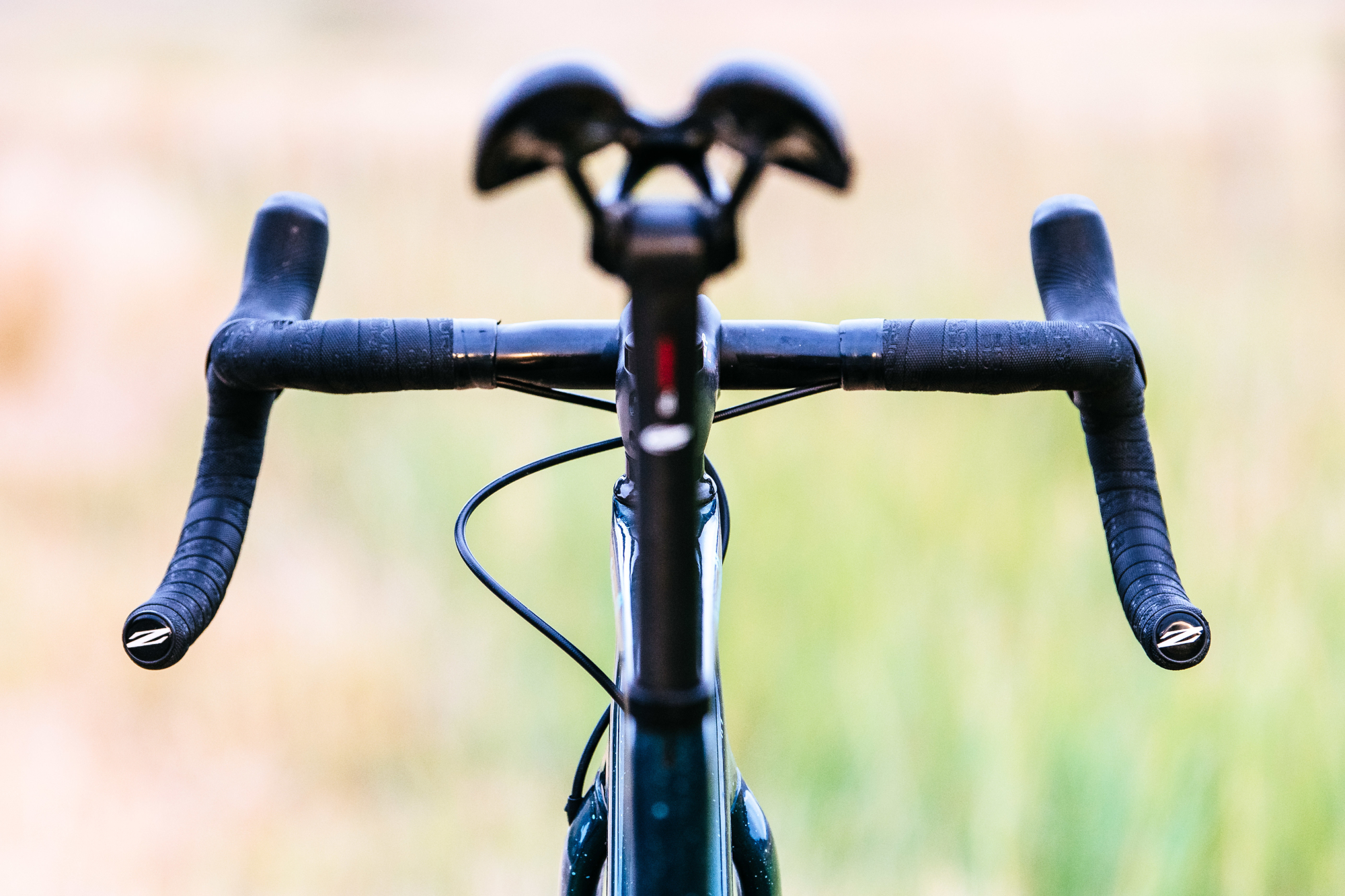
Flared handlebars could do more harm than good
A lot of the best gravel bikes right now have much wider bars than a road bike of a similar size, oftentimes with lots of flare in the drops as well. In theory, wider is stabler right? However, Collins and Balser consistently see clients with pain caused by this type of gravel bike handlebar.
“In the drops it’s great, but riding on the hoods externally rotates the wrists, which isn’t optimal in terms of comfort or control,” said Collins.
If a client comes in with a really flared handlebar complaining of wrist pain, switching them to a more neutral hand position usually helps solve the problem.
”Your bar width should be within two centimeters of your shoulder width measurement,” advised Collins. Any wider, and you’re creating a triangle with your arms, as opposed to a rectangle. “Your triceps are supposed to act as your upper body’s suspension, but they can't do their job set up like that.”
She often finds people will end up dropping their wrists inward as they’re holding onto the hoods, subconsciously attempting to narrow the elbows and shoulders back to a comfortable width, and this compensation often causes all the pain and tingling in your arms and wrists. If wrist pain is a concern for you but if you’re really set on having a wide bar, a safer option would be to get a gravel bike with a flat bar.
Move Your Cleats Back
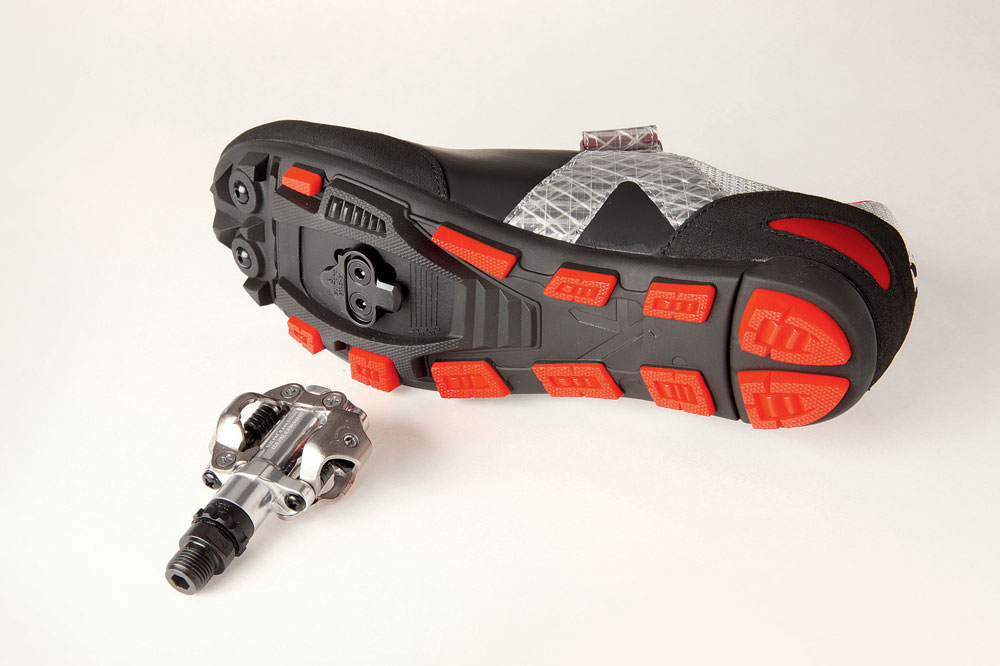
Balser prefers to position cleats in the far back on his gravel riders’ shoes.
“The inconsistency of the terrain increases the likelihood that you could strain the [calf] muscle while climbing a hill or hitting a bump if you’re riding [with your weight] too anterior of the cleat,” he said. This will keep your rotational center of force lower and help keep your calves stabilized.
Collins does something similar with her clients, beginning with their road shoe cleat position.
“We’d bring your cleats back maybe two millimeters (so, moving the foot forward) to improve stability and [reduce] foot fatigue while you’re doing so much more standing on the bike,” she said.
As with all bike fits, your gravel fit is very personal and dependent on the type of terrain you’ll be riding. While both our experts have lots of great advice for DIYers, these tips are intended to provide a baseline for dialing in your fit. If you’re uncertain, or experiencing any pain on the bike, consulting a professional is recommended. They’ll help you get where you need to be so you can keep riding longer, happier, and healthier.

Thank you for reading 20 articles this month* Join now for unlimited access
Enjoy your first month for just £1 / $1 / €1
*Read 5 free articles per month without a subscription

Join now for unlimited access
Try first month for just £1 / $1 / €1

Riley Missel is an American freelance writer, editor, and digital storyteller based in the Southwest. Her byline has appeared in Lonely Planet, Outside, Self, VeloNews, Cycling Weekly, Bicycling, Runner’s World, Road Bike Review, Mountain Bike Review, and Dirt Rag.